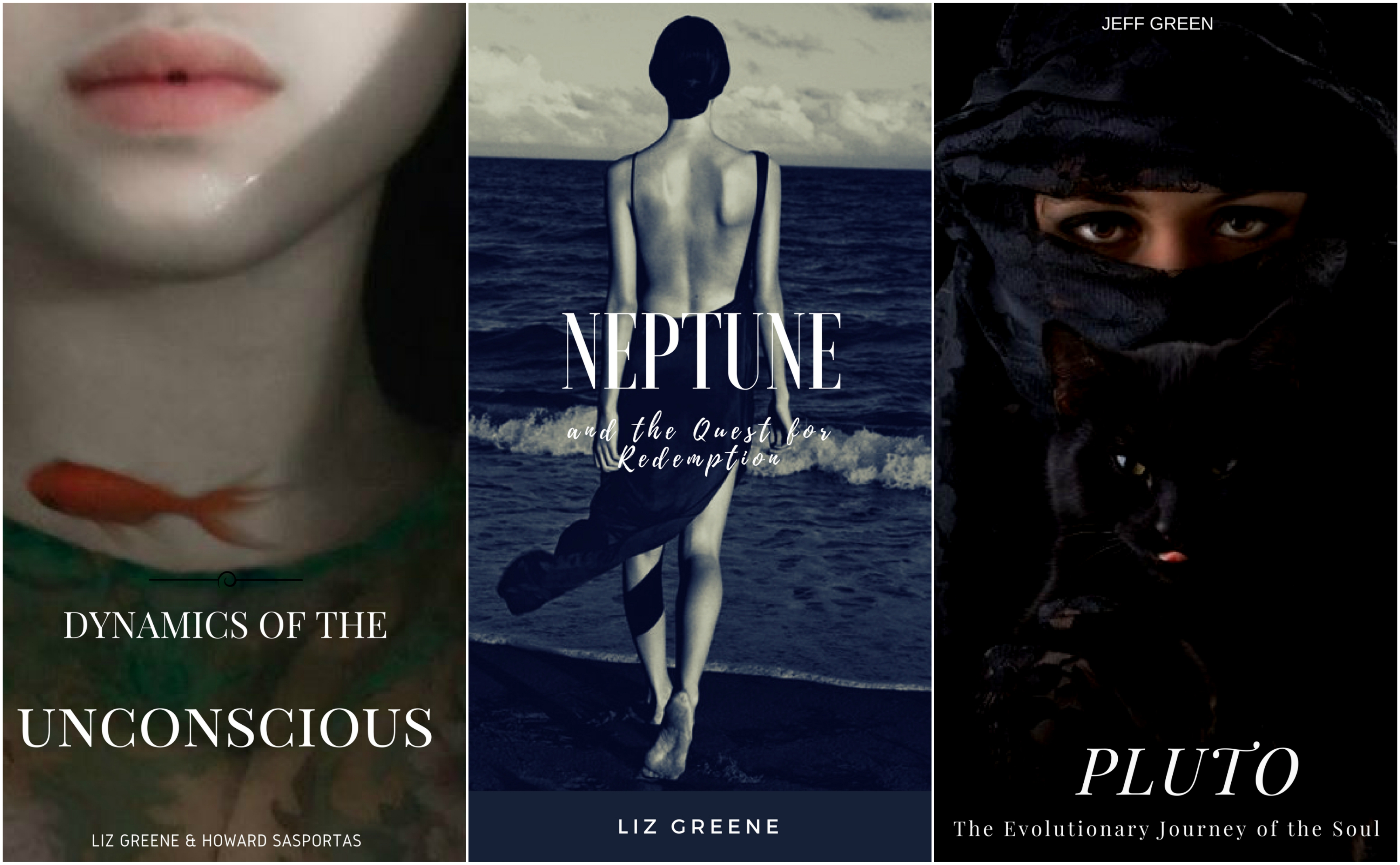
Become a Modern Astrology Master with These Transformative Books!
Astrology for Lovers
 “Astrology for Lovers,” a timeless masterpiece authored by the renowned Liz Greene and initially published in 1980, stands as an enduring exploration of the fascinating world of the zodiac signs. Greene, a skilled psychotherapist and astute astrologer, brings her unique blend of expertise to the forefront in this enlightening book, offering readers an opportunity to view the zodiac through a profound psychological lens. The book’s pages are not merely a source of amusement and entertainment; they are a treasure trove of wisdom and practicality. Within these chapters, the truths of all twelve zodiac signs are meticulously dissected, revealing the complexities that define their unique personalities and illuminating their innermost traits. Liz Greene’s interpretations emphasize the thematic elements that shape each sign’s approach to love and relationships, turning the reader’s gaze towards the complex and often subtle aspects of romantic compatibility. In addition, “Astrology for Lovers” delves into the shadow aspects of the signs, those hidden and often challenging facets of our personalities that can influence our behavior in relationships. By examining these shadow elements, readers gain valuable insights into the darker corners of the human psyche, ultimately leading to greater self-awareness. In the quest for a deeper understanding of human behavior in the realm of love, “Astrology for Lovers” leaves no stone unturned. It not only identifies which signs may exhibit tendencies towards clinginess, jealousy, meanness, stubbornness, or other challenging traits but also delves into the underlying causes of these insecurities. By doing so, the book empowers readers to explore the hidden workings of a lover’s mind and comprehend the motivations that drive their actions and emotions.
“Astrology for Lovers,” a timeless masterpiece authored by the renowned Liz Greene and initially published in 1980, stands as an enduring exploration of the fascinating world of the zodiac signs. Greene, a skilled psychotherapist and astute astrologer, brings her unique blend of expertise to the forefront in this enlightening book, offering readers an opportunity to view the zodiac through a profound psychological lens. The book’s pages are not merely a source of amusement and entertainment; they are a treasure trove of wisdom and practicality. Within these chapters, the truths of all twelve zodiac signs are meticulously dissected, revealing the complexities that define their unique personalities and illuminating their innermost traits. Liz Greene’s interpretations emphasize the thematic elements that shape each sign’s approach to love and relationships, turning the reader’s gaze towards the complex and often subtle aspects of romantic compatibility. In addition, “Astrology for Lovers” delves into the shadow aspects of the signs, those hidden and often challenging facets of our personalities that can influence our behavior in relationships. By examining these shadow elements, readers gain valuable insights into the darker corners of the human psyche, ultimately leading to greater self-awareness. In the quest for a deeper understanding of human behavior in the realm of love, “Astrology for Lovers” leaves no stone unturned. It not only identifies which signs may exhibit tendencies towards clinginess, jealousy, meanness, stubbornness, or other challenging traits but also delves into the underlying causes of these insecurities. By doing so, the book empowers readers to explore the hidden workings of a lover’s mind and comprehend the motivations that drive their actions and emotions.
Liz also takes us on a journey through astrological myths. It’s like she’s telling us bedtime stories for grown-ups, only these stories help us understand ourselves better. She also fearlessly explores the shadow side of each sign, those parts of ourselves we’d rather keep in the dark. But Liz, she shines a light on them, helping us confront our demons and grow. But what I love most about this book is how it doesn’t just tell you what’s what; it goes deep into the why. Why do we act the way we do in relationships? Why do we have these insecurities? Liz Greene is a psychologist helping us understand the whys behind our quirks. In a nutshell, “Astrology for Lovers” is like the ultimate guide to the cosmic dance of love. So, if you want to unravel the mysteries of your lover’s psyche and your own, grab a copy and prepare for a cosmic adventure like no other! Peace, love, and starry insights!
Liz Greene says,
Let us now focus our attention on Virgo. Known for their precision, orderliness, and meticulousness—particularly in the realm of thoughts if not always in practical matters—Virgos reveal themselves in two distinct manifestations. The first kind meticulously maintains a spotless environment, incessantly emptying ashtrays and meticulously planning every detail. This inclination is most apparent when Virgo dominates the ascendant. The second type, seemingly congenitally sloppy, possesses minds akin to a filing cabinet. While objects may escape their grasp, memories, facts, and the latest books remain etched indelibly in their consciousness.
Ruling Planets
 christopher RenstromS, “Ruling Planets: Your Astrological Guide to Life’s Ups and Downs,” burst onto the scene back in 2002. He’s talking about the twelve zodiac signs and their ruling planets, but he isn’t doing it with the stuffy old astrologer vibes; he’s got this real-person, down-to-earth touch that makes you feel like you’re having a chat with your mate at the local pub. You’ll feel like he’s talking directly to your soul, unlocking the secrets of the universe one page at a time. “Ruling Planets” isn’t just a book; it’s full of photos. You’ve got artworks, captivating celebrity snaps, and gods and goddesses from ancient mythology making appearances. It’s like you’re at an art exhibit while exploring the cosmos.
christopher RenstromS, “Ruling Planets: Your Astrological Guide to Life’s Ups and Downs,” burst onto the scene back in 2002. He’s talking about the twelve zodiac signs and their ruling planets, but he isn’t doing it with the stuffy old astrologer vibes; he’s got this real-person, down-to-earth touch that makes you feel like you’re having a chat with your mate at the local pub. You’ll feel like he’s talking directly to your soul, unlocking the secrets of the universe one page at a time. “Ruling Planets” isn’t just a book; it’s full of photos. You’ve got artworks, captivating celebrity snaps, and gods and goddesses from ancient mythology making appearances. It’s like you’re at an art exhibit while exploring the cosmos.
Renstrom suggests that when people see Pisces, they often think, “Oh, they’re dreamy, always lost in their own little world.” But let me tell you something, that’s just what’s on the surface! What’s going on inside a Piscean’s head, it’s like a mind-bending trip through the cosmos. They’re not just dreamers; they’re oceanic explorers charting uncharted territory in the dream multiverse. When people remark on their dreamy disposition, it often reflects a limited grasp of the vast inner universe that Pisceans truly inhabit. It’s not just a dream; it’s an odyssey through a dreamland, where every thought, every emotion, and every aspiration are intertwined. And so, it should come as no surprise that Pisceans often take refuge in the boundless expanse of their imagination. It’s their sanctuary, their retreat from the mundane, a place where the mundane gives way to the sublime. Within these dreams, they are the architects of their own destinies, crafting vibrant visions and weaving stories that transcend the humdrum of the everyday. It’s a tragic irony, really, that the world seldom recognizes the brilliance of Piscean visions. Oh, if only they could see the kaleidoscope of dreams that unfurl within their souls! They would be mesmerized, seduced by the fantastical landscapes and profound truths that dwell there.
In a world that often dismisses the profound power of imagination, Pisces is the resounding reminder that within each of us lies a universe waiting to be explored. Their dreams aren’t mere flights of fancy; they are gateways to a dimension where reality and fantasy embrace, and the boundaries of the possible are endlessly redefined.
The Development of the Personality
 “The Development of Personality: Seminars in Psychological Astrology” is a remarkable journey of self-discovery filled with profound psychological insights from Liz Greene and Howard Sasportas. Originally published in 1987 as part of a four-volume seminar, this book deeply resonates in the fields of psychology and astrology. It begins by exploring “The Stages of Childhood,” examining a child’s inherent temperament. Readers are invited to explore the complex dynamics that influence parent-child relationships, shedding light on how archetypal patterns manifest in our earliest connections. This enlightening journey provides valuable insights into the intricate interplay of psychological forces, enhancing our understanding of the formative years that shape our identities.
“The Development of Personality: Seminars in Psychological Astrology” is a remarkable journey of self-discovery filled with profound psychological insights from Liz Greene and Howard Sasportas. Originally published in 1987 as part of a four-volume seminar, this book deeply resonates in the fields of psychology and astrology. It begins by exploring “The Stages of Childhood,” examining a child’s inherent temperament. Readers are invited to explore the complex dynamics that influence parent-child relationships, shedding light on how archetypal patterns manifest in our earliest connections. This enlightening journey provides valuable insights into the intricate interplay of psychological forces, enhancing our understanding of the formative years that shape our identities.
In the section titled “The Parental Marriage in the Horoscope,” we encounter another lecture that unravels the complex web of family dynamics. The authors skillfully use insightful case examples to help us gain a deeper understanding of the subject matter, highlighting the profound connections between astrological meanings and the parent-child relationship. In this chapter’s eloquent writing, they brilliantly explain the complex dance of polarization. This is when individuals consciously or unconsciously try to be the opposite of their same-sex parent, often driven by deep-seated feelings of resentment and hostility towards that parent.
Liz Greene further elaborates on how astrological elements can be divided within an individual’s birth chart, with each element relating to a different parent. For instance, the cold and analytical air signs are contrasted with the emotional and sensitive water signs, offering profound insights into how a child perceives this division within their parental figures.
We’re talking about understanding why little Timmy over there is such a firecracker, or why Suzie is as calm as a cucumber. It’s like peeling back the layers of the cosmic onion to reveal the archetypal patterns that kickstart our human journey. It’s about the blueprint of your personality being laid out right from the get-go. And then, we get into the juicy stuff—the parent-child dynamic. In “The Parental Marriage in the Horoscope,” Liz Greene and Howard Sasportas pull out all the stops. They use real-life cases to show us how astrology can help us dig deep into the family web. We’re talking about understanding why you and your old man are like oil and water. Ever feel like you’re polar opposites? That’s the complex dance of polarization they’re talking about. Sometimes we end up trying to be the exact opposite of our same-sex parent, and it’s not always a lovey-dovey affair. Resentment and hostility often lurk beneath the surface. This book is like a journey into the rabbit hole of your own psyche, guided by two wise sages. It’s a treasure trove of insights into why you are the way you are, why your family dynamics are the way they are, and how the stars above have a say in it all. So, if you’ve ever wondered why you’re so different from your folks or why your childhood left a mark, “The Development of Personality” is your ticket to understanding the cosmic forces at play in your life.
We discover that our earliest relationships act as powerful crucibles that mold our personality development, shape our perceptions, and deeply influence our emotional world.
These connections, they’re akin to alchemical cauldrons, cooking up our personalities, cooking up the way we see the world, and stirring the emotional pot. In the world of psychological astrology, this book, it’s our guiding star. It leads us through the tangled vines of our formative bonds and showing us how they connect to the people we love later in life. As we plunge into this enlightening expedition, we might feel a tad disoriented, like we’re wandering through a hall of mirrors, each reflecting a different facet of our being. It’s a journey that’s bound to make us question everything we thought we knew about ourselves. This odyssey forces us to confront the ghosts of our pasts and their impact on our present selves. Some of those reflections will reveal aspects of ourselves that harmonize with our core essence, while others will thrust us into the realm of transformation. We emerge from this profound exploration with a deeper understanding of how the imprints of our early bonds shape our adult experiences. With this newfound insight, we sculpt our destinies with intention and compassion, striving for personal growth and connection.
In the realm of psychological astrology, we realize that these reflections are not rigid or unchanging; they constantly evolve, mirroring our personal growth and transformation.
What about Moon-Uranus aspects? Let’s look at the hard aspects first. The child is born with an inner image of the mother as erratic, inconsistent, or unpredictable. The mother may actually be like that, or the child with this aspect is predisposed to notice when she is acting that way rather than other ways. When I put the archetype of the Moon together with the principle of Uranus, I think of a mother who may not be that comfortable with the maternal role. The traditional Moon-Mother is the Earth-Mother. However, if Uranus touches something then it will bring out the less conventional sides of the archetype or principle it aspects. Therefore, the mother may not have been experienced as a traditional maternal type mother…Many people with Moon-Uranus aspects have reported to me that they felt their mothers would have liked to be doing something else rather than being at home changing nappies and washing dishes. The picture I have of a Moon-Uranus mother is someone holding and feeding the child but her mind is off somewhere else. She is thinking about the future, or other things she might be doing, or of something she saw on television.
Dynamics of the Unconscious
 “Dynamics of the Unconscious: Seminars in Psychological Astrology Volume 2,” published in 1988, takes us on a profound journey into the hidden recesses of the human psyche. This volume explores the connection between astrology and psychology, shedding light on the powerful forces that shape our lives. Within its pages, we encounter chapters that uncover the relationships between astrology and aspects of human experience such as aggression, depression, the pursuit of the sublime, and the mysterious symbolism of alchemy within the horoscope.
“Dynamics of the Unconscious: Seminars in Psychological Astrology Volume 2,” published in 1988, takes us on a profound journey into the hidden recesses of the human psyche. This volume explores the connection between astrology and psychology, shedding light on the powerful forces that shape our lives. Within its pages, we encounter chapters that uncover the relationships between astrology and aspects of human experience such as aggression, depression, the pursuit of the sublime, and the mysterious symbolism of alchemy within the horoscope.
One unique aspect of this book in the realm of psychological astrology is its perspective on depression. The author fearlessly examines the positive elements inherent in the experience of depression, a topic rarely discussed. Amidst the depths of despair, individuals are driven to cultivate self-sufficiency and conquer feelings of powerlessness. Saturn and Pluto within the birth chart are portrayed as catalysts for profound transformation, guiding us toward a path of resilience and inner strength.
It looks at the bright side of the dark cloud, if you will. It shines a light on the hidden strengths that can emerge from the depths of despair. It’s like saying, “Hey, depression, you might be tough, but we can learn from you.” Saturn and Pluto, those heavy-hitters in the birth chart, they’re portrayed as catalysts for profound transformation, helping us find our inner grit amidst life’s challenges. Now, we all dream of nurturing happy, successful children. It’s a universal aspiration. But the reality is often more complex than the dreams we weave. Our unconscious minds, oh, they can be quite the tricksters, throwing a wrench into our idealized stories. This book, it’s like a lantern in the darkness, urging us to explore the inner world we often overlook.
In this deep exploration of the unconscious, we find comfort in realizing that our struggles and imperfections are an inherent part of being human. As we dive into the depths of our own psyche, we discover the raw materials for growth, self-discovery, and transformation. This book acts as a trusted guide, inviting us on an astro-psycho journey to embrace our own existence and gain a deeper understanding of the inner forces that shape our lives.
The Luminaries
 “The Luminaries,” initially published in 1992, is an exploration of the Sun and Moon within the astrological chart. It unveils our sense of purpose, individuality, and emotional nourishment. Within its pages, we dive into the significance of the lunar phases, the rich mythology surrounding the Moon, and the mysterious Lunation Cycle. In the vast landscape of the astrological chart, the Sun emerges as a potent symbol of our sense of purpose, lighting the way toward fulfillment and a meaningful life. In the chapter dedicated to the Sun, we encounter the poignant struggle to break free from the constraints of the past, forging a path toward the realization of our unique individuality. It is here that we realize our vocations hold the key to unlocking a deeper sense of fulfillment, allowing us to transcend emptiness and embrace a purpose-driven existence.
“The Luminaries,” initially published in 1992, is an exploration of the Sun and Moon within the astrological chart. It unveils our sense of purpose, individuality, and emotional nourishment. Within its pages, we dive into the significance of the lunar phases, the rich mythology surrounding the Moon, and the mysterious Lunation Cycle. In the vast landscape of the astrological chart, the Sun emerges as a potent symbol of our sense of purpose, lighting the way toward fulfillment and a meaningful life. In the chapter dedicated to the Sun, we encounter the poignant struggle to break free from the constraints of the past, forging a path toward the realization of our unique individuality. It is here that we realize our vocations hold the key to unlocking a deeper sense of fulfillment, allowing us to transcend emptiness and embrace a purpose-driven existence.
Meanwhile, the Moon, with its mysterious allure, sheds light on our instinctive reactions to life’s experiences, unveiling the foundations of our emotional landscape and our deep connection to both our past and our human relationships. It reveals what truly nurtures our souls and guides us toward a better understanding of our emotional needs and intuitive responses.
When the Moon is in fiery signs—Aries, Leo, or Sagittarius—it brings forth a distinct set of yearnings and desires. The fiery Moon seeks meaning and an imaginative connection to a deeper, higher pattern that goes beyond the ordinary. It instinctively craves infusing life with a mythic and archetypal dimension, creating a profound sense of belonging to something grander and more significant. This fiery Moon sometimes clashes with the lunar realm, which is closely linked to the physicality of the body. Nonetheless, when in these fire signs, the Moon strives to infuse material reality with drama and imagination, resisting the mundane and commonplace aspects of life.
The fiery Moon, with its vibrant intensity, yearns for a life that rises above the mundane—a life filled with knights on white horses, damsels in distress, and colorful characters stepping out of fairytales. It desires a world where concerns like taxes and grocery bills are overshadowed by the grandeur of mythical stories and archetypal symbols. Above all, what truly weighs on the fiery Moon is an existence without vivid imagination and enchantment—an existence that lacks the richness of storytelling, the magic of whimsy, and the embrace of larger-than-life experiences.
It’s like uncovering the hidden keys to our own personal universe, where the Sun and Moon hold the lanterns that light our way. In the grand landscape of our astrological charts, the Sun is like the North Star, pointing us towards our purpose and a life filled with meaning. In the chapter dedicated to the Sun, we grapple with the poignant struggle to break free from the shackles of our past, carving out a path towards the realization of our unique individuality. But let’s not forget about our dance partner, the Moon. Oh, the Moon, with its mysterious allure! It’s like our emotional compass, revealing the foundations of our inner landscape and our profound connection to both our past and our human relationships. It’s the Moon that shows us what truly feeds our souls and guides us towards a deeper understanding of our emotional needs and intuitive responses.
The Sun and Moon, in their dance within the astrological chart, illuminate the depths of our purpose, individuality, and emotional landscape.
Aspects in Astrology
 “Sue Tompkins’ book, ‘Aspects in Astrology: A Guide to Understanding Planetary Relationships in the Horoscope,‘ first published in 1989, is a testament to the planetary aspects in astrology. With its meticulous exploration, dedicating 3-4 pages to each aspect, this book is full of knowledge that ignites our fascination with the universe’s mysteries. In the beginning, the author expertly introduces us to the celestial players (planets) in astrology, laying a solid foundation for understanding the interpretations of each aspect. We gain a deep appreciation for how each planet influences and interacts with one another, revealing the complex web of relationships that shape our destinies. Tompkins’ insightful and accurate analysis of astrological aspects empowers us to unlock profound insights into our inner world and interpersonal dynamics.
“Sue Tompkins’ book, ‘Aspects in Astrology: A Guide to Understanding Planetary Relationships in the Horoscope,‘ first published in 1989, is a testament to the planetary aspects in astrology. With its meticulous exploration, dedicating 3-4 pages to each aspect, this book is full of knowledge that ignites our fascination with the universe’s mysteries. In the beginning, the author expertly introduces us to the celestial players (planets) in astrology, laying a solid foundation for understanding the interpretations of each aspect. We gain a deep appreciation for how each planet influences and interacts with one another, revealing the complex web of relationships that shape our destinies. Tompkins’ insightful and accurate analysis of astrological aspects empowers us to unlock profound insights into our inner world and interpersonal dynamics.
While the book follows an easily understandable format, resembling a cookbook, its substance goes much deeper. It plunges into the realm of the human psyche, interweaving psychological subtleties into its content. In addition to its wealth of knowledge, Tompkins provides us with case studies that offer glimpses into the lives of individuals whose charts serve as compelling illustrations of the aspect interpretations.
For instance, she examines the chart of Astronomer and rationalist Patrick Moore, revealing a tight T-square involving Mercury, Jupiter, and Neptune. Through this example, Tompkins paints a vivid portrait of Moore as a knowledgeable individual who, at times, displays vagueness and absent-mindedness. It’s within these enthralling case studies that astrology and psychology merge, offering invaluable insights into human nature.
Let’s delve into the Mars-Saturn aspect, a fascinating aspect that weaves together themes of sexuality, control, and personal growth. In the realm of Mars-Saturn, the act of sex and the idea of control become connected. Individuals with this aspect often grapple with complex and conflicting emotions related to the fear of domination in physical intimacy. It’s a landscape where desire and fear coexist, resulting in unique experiences that can vary from person to person. In some cases, those with Mars-Saturn aspects may wrestle with feelings of sexual inadequacy. Consequently, they may focus on becoming sexual “athletes,” emphasizing stamina and endurance rather than the softer, more tender aspects of intimacy. This relentless pursuit of mastery serves as a means to overcome their perceived shortcomings. The lessons learned here are not easily acquired but are etched into our consciousness through personal experiences. Saturn assumes the role of a stern taskmaster, demanding that we confront our fears, limitations, and insecurities, ultimately guiding us toward greater self-mastery.
Saturn a New Look at an Old Devil
 “SATURN: A New Look at an Old Devil” by Liz Greene, originally published in 1976, continues to stand as a timeless resource in the field of astrology. Even today, it maintains its unique status, highly regarded and frequently referenced by authors seeking profound insights into the mysterious nature of Saturn. Within the pages of this book, we encounter the familiar associations with Saturn—delays, limitations, and frustrating experiences. However, the book goes beyond surface-level interpretations, offering a deeper understanding of how these seemingly “negative” encounters can serve as potent catalysts for personal growth.
“SATURN: A New Look at an Old Devil” by Liz Greene, originally published in 1976, continues to stand as a timeless resource in the field of astrology. Even today, it maintains its unique status, highly regarded and frequently referenced by authors seeking profound insights into the mysterious nature of Saturn. Within the pages of this book, we encounter the familiar associations with Saturn—delays, limitations, and frustrating experiences. However, the book goes beyond surface-level interpretations, offering a deeper understanding of how these seemingly “negative” encounters can serve as potent catalysts for personal growth.
In a world often enamored by the exuberance of Jupiter, Liz Greene sheds light on the more grounded and pragmatic teachings of Saturn. This celestial archetype encourages us to navigate the realm of tangible reality, gradually uncovering the lessons of self-sufficiency and mastery within our chosen areas of life. Through the exploration of Saturn’s lesser-known spiritual aspects, we embark on a transformative journey, transmuting challenging experiences into valuable gems of wisdom and resilience.
The author doesn’t provide a quick fix or an instant solution for forming a harmonious relationship with Saturn. Instead, she encourages us to delve deep into the essence of this celestial force, extracting its profound spiritual wisdom. In this exploration, we dive into Saturn’s astrological aspects and synastry contacts, uncovering the breadth and depth of its influence in our lives. While Saturn has often been seen as a challenging presence, Liz Greene reminds us of its essential significance in our existence. She urges us to embrace Saturn with open arms and even tenderly kiss the devil on the lips, embarking on a love affair that transcends fear and transforms our very being.
Saturn holds the key to unlocking our true selves and revealing its profound transformative potential. In esoteric teachings, Saturn assumes the role of the planet of discipleship, guiding us on a path of continuous learning and growth. Contrary to popular belief, Saturn is not inherently malevolent or a bringer of negativity. Its influence is only adverse for those who fail to grasp the educational value of pain and hardship. Within Saturn’s domain, we discover the seeds of joy, for its lineage is ancient and impeccable. Across myth, religion, folklore, and fairy tales, Saturn’s presence leads to a rich array of associations, all colored by the idea that by embracing the devil and offering a loving kiss, he transcends his darkness and emerges as the illuminating sun.
In the secret scrolls of esoteric wisdom, Saturn dons the cloak of the planet of discipleship, guiding us down a path of perpetual learning and growth. Forget what you’ve heard, dear seekers, for Saturn isn’t some malevolent villain out to ruin your life. Its influence takes a darker hue only for those who fail to grasp the educational gems hidden within the cloak of pain and hardship. You see, Saturn isn’t here to rain on our parade; he’s here to show us the way to our true selves. Liz is encouraging us to wrap our arms around Saturn, give that devil a tender smooch on the lips, and let the transformation begin.
By establishing a sincere and substantial connection with Saturn, we unlock the transformative potential hidden within its celestial domain, turning our lives from ordinary lead into radiant gold.
The Art of Stealing Fire

“The Art of Stealing Fire,” a seminar conducted by Liz Greene, delves into the significance of Uranus within the astrological framework. Originally published in 1996 by the Centre for Psychological Astrology Press, this book gains relevance through recent events, including the wiki-leaks scandal involving Julian Assange. Assange, akin to a modern-day Prometheus, exemplifies the strong influence of Uranus in his natal chart, featuring a Sun square Uranus aspect. By exploring the myth of Prometheus and delving into the interpretation and importance of Uranus, Greene invites readers to uncover the enigmatic power of this celestial force. Within the pages of this enlightening work, the author stresses the importance of precision and accuracy when engaging with the astrological language. Greene challenges contemporary astrologers to move beyond the conventional understanding of “individuality” when discussing Uranus, encouraging a deeper grasp of its transformative essence.
In Assange’s natal chart, there’s a Sun square Uranus aspect, and it’s like a cosmic fingerprint that shouts, “Uranus, I am your vessel!” It’s as if the rebellious spirit of Uranus flows through his very veins, giving him the audacity to challenge the status quo and steal the secrets of the gods. Now, what sets Liz Greene apart is her demand for precision and accuracy in the astrological language. None of that wishy-washy stuff here, folks! She’s challenging the astrologers of today to step up their game, to move beyond the mundane interpretations of “individuality” when it comes to Uranus. No, she’s pushing us to delve deeper, to truly grasp the collective and transformative essence that Uranus represents.
Drawing inspiration from Mary Shelley’s renowned novel “Frankenstein,” Greene presents the character of D.R. Frankenstein as an archetypal Uranian figure. With the Sun conjunct Uranus aspect, this creator embodies themes of social vision, rebellion, scientific exploration, and their intersection with astrology.
This character, like Uranus itself, is all about pushing the boundaries of human knowledge and societal norms. You see, D.R. Frankenstein isn’t just your run-of-the-mill mad scientist. No, he’s a visionary, a cosmic pioneer who’s willing to defy convention and challenge the gods themselves. It’s as if he’s harnessed the very power of Uranus, that electric charge of creativity and innovation, to breathe life into his creation.
While the book briefly touches upon the house placements of Uranus, its true brilliance shines in the exploration of the transits of Saturn and Uranus—a chapter that offers profound insights and guidance.
Uranus’s mind-expanding nature arises from its inclusive vision, allowing those under its influence to convey glimpses of celestial heights. Consequently, Uranian individuals possess a captivating magnetism that intrigues and fascinates others, offering them a tantalizing taste of boundless possibilities and transcendent realms.
“The Art of Stealing Fire” delves into the depths of Uranus, unveiling its mysteries and exploring its potential in the birth chart. Through Liz Greene’s insightful analysis and profound psychological exploration, readers are encouraged to embrace the enigmatic essence of Uranus, transcending limitations and embracing the vast potential for growth and liberation it offers.
The Astrological Neptune and the Quest for Redemption
 “The Astrological Neptune and the Quest for Redemption,” written by Liz Greene, offers an immersive journey into the profound symbolism of Neptune within the personal horoscope. First published in 1996, during the Uranus-Neptune conjunction in Capricorn, this book delves into the multifaceted layers of Neptune’s influence, spanning both individual and collective implications. With meticulous exploration of Neptune’s mythology and a profound elucidation of the element of water, Greene stands out in providing a comprehensive understanding of this celestial entity.
“The Astrological Neptune and the Quest for Redemption,” written by Liz Greene, offers an immersive journey into the profound symbolism of Neptune within the personal horoscope. First published in 1996, during the Uranus-Neptune conjunction in Capricorn, this book delves into the multifaceted layers of Neptune’s influence, spanning both individual and collective implications. With meticulous exploration of Neptune’s mythology and a profound elucidation of the element of water, Greene stands out in providing a comprehensive understanding of this celestial entity.
Within the pages of this enlightening work, readers encounter notable examples of Neptune’s influence, such as the chart of Diana, Princess of Wales, which exemplifies Neptune’s ethereal presence. Additionally, the romantic entanglements shared by Elizabeth Taylor and Richard Burton bear witness to the magical allure of Neptune. As readers ascend to the sublime heights of imagination, art, and music, they also confront the shadowy depths of this enigmatic planet, where suffering, longing, victimization, and ego loss reside. Through personal life accounts, the author skillfully navigates the political and glamorous dimensions of Neptune, enriching our understanding of its diverse manifestations.
“The Astrological Neptune and the Quest for Redemption” delves into the profound significance of Neptune, extending beyond individual placements and encompassing its magnificent essence within each house of the horoscope. Greene meticulously explores the implications of Neptune’s placement, unraveling its influence on various spheres of life. Additionally, the book offers invaluable insights into synastry contacts, shedding light on the complex dynamics that unfold when Neptune interacts with other astrological forces. These intricate analyses are thoughtfully compiled into a cookbook section, empowering readers with a comprehensive understanding of Neptune’s impact.
One of the profound lessons illuminated by this book is the inherent danger in placing our hopes for redemption solely on external figures. Relying on an external source as our redeemer eventually leads to turmoil, even if we believe we have found one. The pursuit of an external savior, perceived as holier or worthier than ourselves, ultimately highlights our own unworthiness, leading to contempt or self-hatred. The intricate logic of idealism, with its underlying rage, becomes inescapable. Consequently, we may find ourselves crucifying and vilifying our redeemers, driven by the stark contrast between their perceived goodness and our own perceived wretchedness. Alternatively, we may subject ourselves to the sacrificial demands of a redeemer-turned-tyrant. This complex interplay unfolds through mirrors, where the relentless pursuit of perfection and salvation fuels a deep-seated anger within us all.
We sometimes look to saviors, real or imagined, to rescue us from our own perceived inadequacies. We elevate them to heavenly heights, believing they hold the keys to our salvation. But beware, for this path is riddled with pitfalls. When we place all our faith in an external redeemer, we unwittingly expose ourselves to a storm of inner turmoil. The more we idolize this figure, the more we contrast their supposed goodness with our own perceived unworthiness. And that breeds a toxic cocktail of contempt and self-hatred. Idealism, you see, it’s a double-edged sword. It lures us in with the promise of perfection but hides beneath it a simmering rage. We may find ourselves, in our darkest moments, crucifying and vilifying these very redeemers we once adored. The gap between their celestial grace and our earthly flaws becomes a chasm too vast to bridge. Our thirst for salvation can blind us to the chains that bind us, and we willingly walk into the gilded cage of our own making. For it is in our own self-acceptance and understanding that we may find the true path to salvation, free from the shackles of contempt, self-hatred, and the relentless pursuit of an unattainable ideal.
Pluto the Evolutionary Journey of the Soul
 “Pluto: The Evolutionary Journey of the Soul, Volume 1” by Jeff Green, first published in 1985, coincided with a significant celestial alignment: Pluto’s transit through its own sign, Scorpio, and a wide Saturn-Pluto conjunction. Green presents a compelling perspective, suggesting that Pluto is the key to understanding our evolutionary path in life, with its opposite sign and house symbolizing areas where growth and transformation are necessary. While Green’s interpretations may be challenging for many, his writing style imbues the book with karmic imprints, profound insights into evolutionary growth, and recurring themes.
“Pluto: The Evolutionary Journey of the Soul, Volume 1” by Jeff Green, first published in 1985, coincided with a significant celestial alignment: Pluto’s transit through its own sign, Scorpio, and a wide Saturn-Pluto conjunction. Green presents a compelling perspective, suggesting that Pluto is the key to understanding our evolutionary path in life, with its opposite sign and house symbolizing areas where growth and transformation are necessary. While Green’s interpretations may be challenging for many, his writing style imbues the book with karmic imprints, profound insights into evolutionary growth, and recurring themes.
Amidst these complexities, several aspects of this work stand out for their remarkable accuracy. The book meticulously delves into the delineation of Pluto’s house placements, signs, and aspects, providing valuable tools for interpreting this influential celestial force.
It’s interesting to note that in 2006, when astronomers downgraded Pluto’s planetary status, another event occurred: the execution of Saddam Hussein. While there is no direct correlation between the two, it’s worth mentioning that in Saddam Hussein’s birth chart, Pluto occupies Cancer, forming an exact opposition to Jupiter and a T-square with Venus in Aries. This configuration signifies an individual with an active and ambitious nature, strong convictions, and complex relationships. Within the realm of astrology, Pluto represents various facets of power, control, wealth, and profound transformation.
Examining the impact of Pluto within the second house provides intriguing insights into the interplay of evolution and karma. Under certain evolutionary and karmic conditions, individuals with a Second House Pluto may find themselves born into challenging material circumstances marked by scarcity and lack. These circumstances serve as powerful lessons in fostering self-reliance. On the other hand, there are cases where individuals are born into wealthy environments linked to their parents, yet they are denied access to material resources due to their inability to align with their parents’ values or conform to their desires. In rare instances, individuals may experience the shock of imprisonment if their pursuit of wealth involved criminal means. Alternatively, some individuals may endure a lifelong struggle for material security, despite their relentless efforts. Regardless of the extent of their exertions, prior karmic conditions dictate that they exist on the margins, living or surviving with limited means.
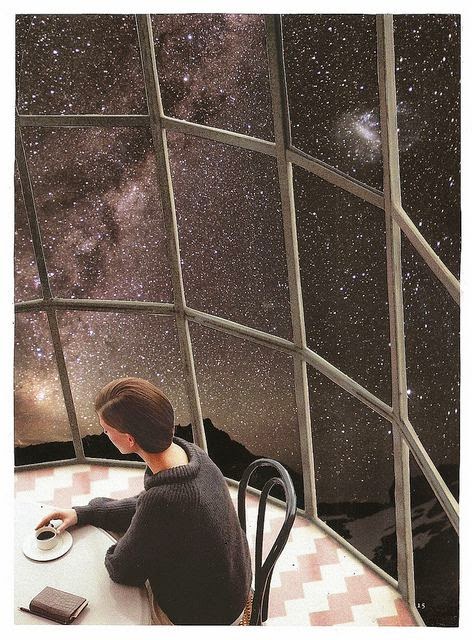
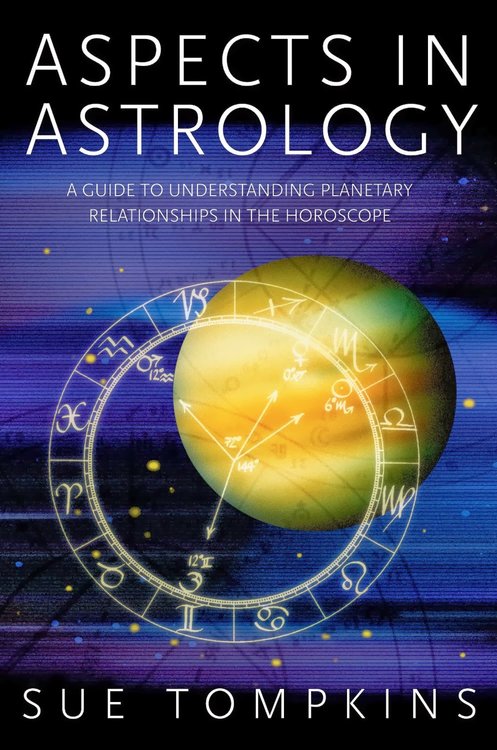







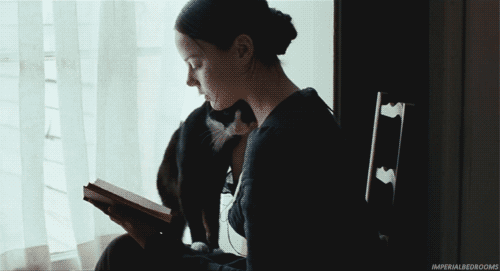
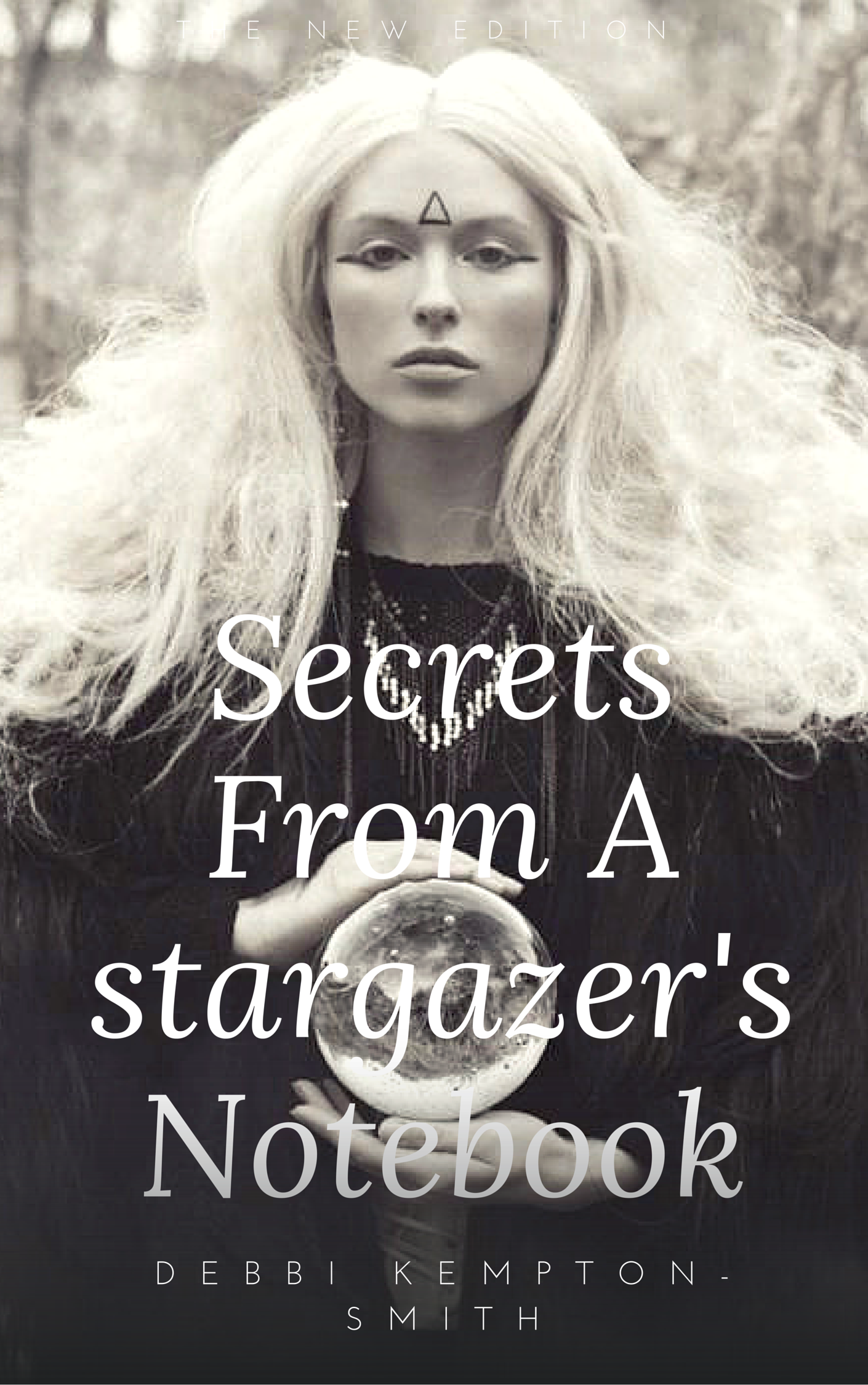
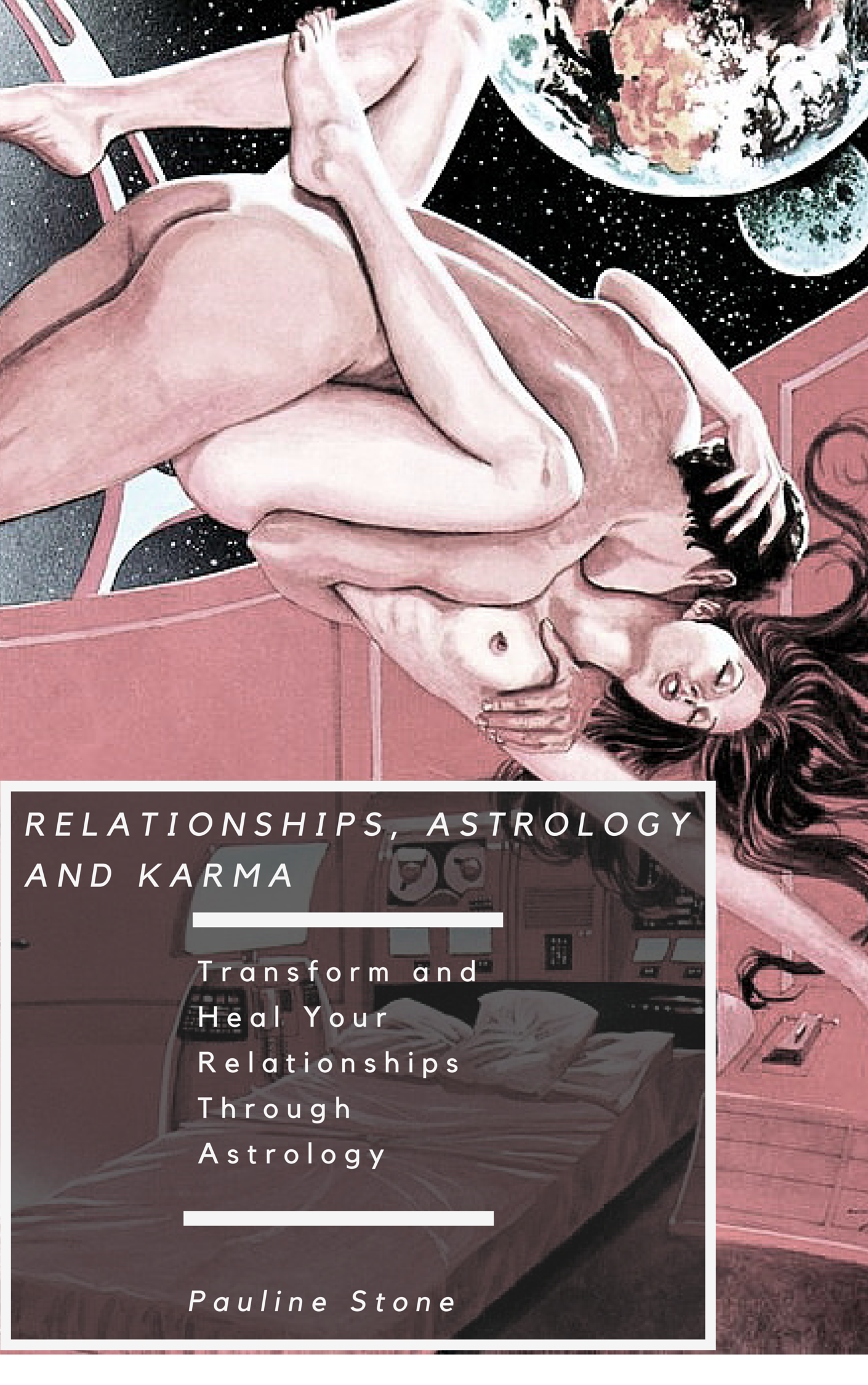
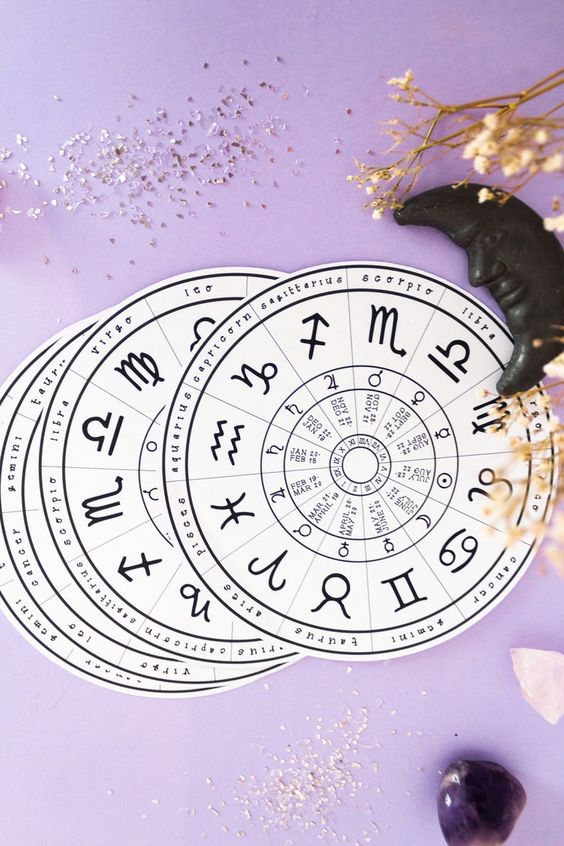
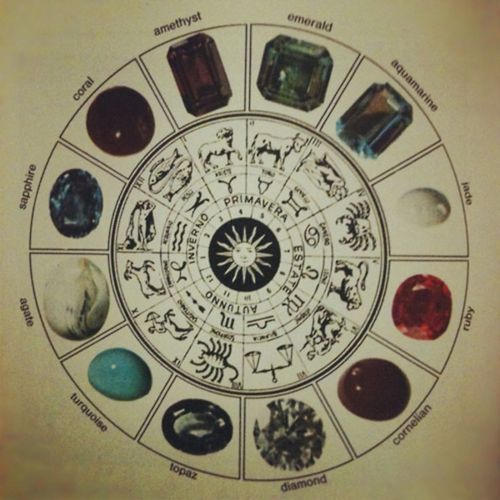







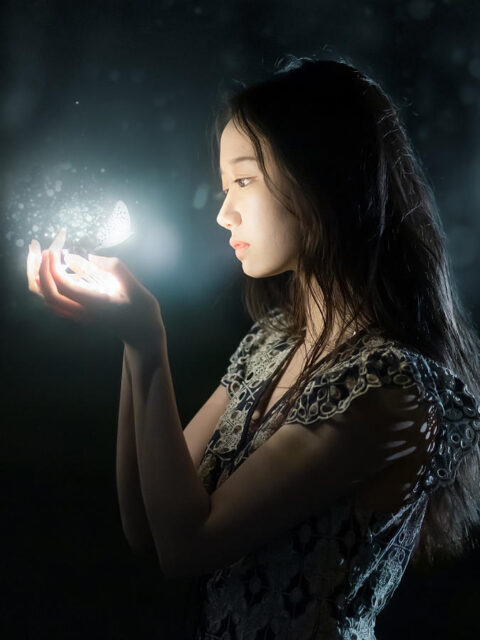


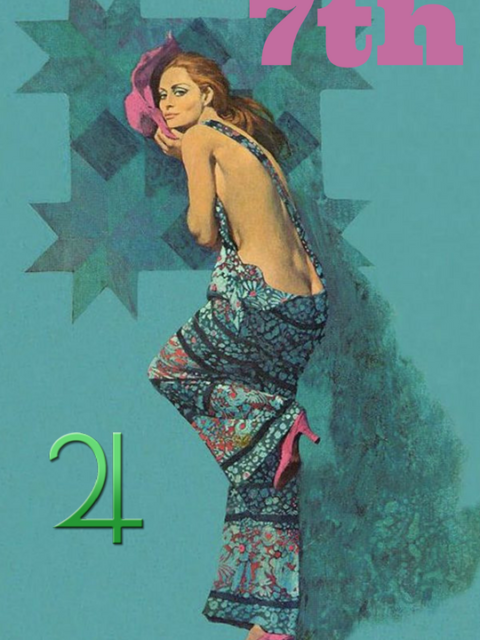

 Venus-Pluto Synastry: A Love So Powerful That It Might Just Kill Them
Venus-Pluto Synastry: A Love So Powerful That It Might Just Kill Them
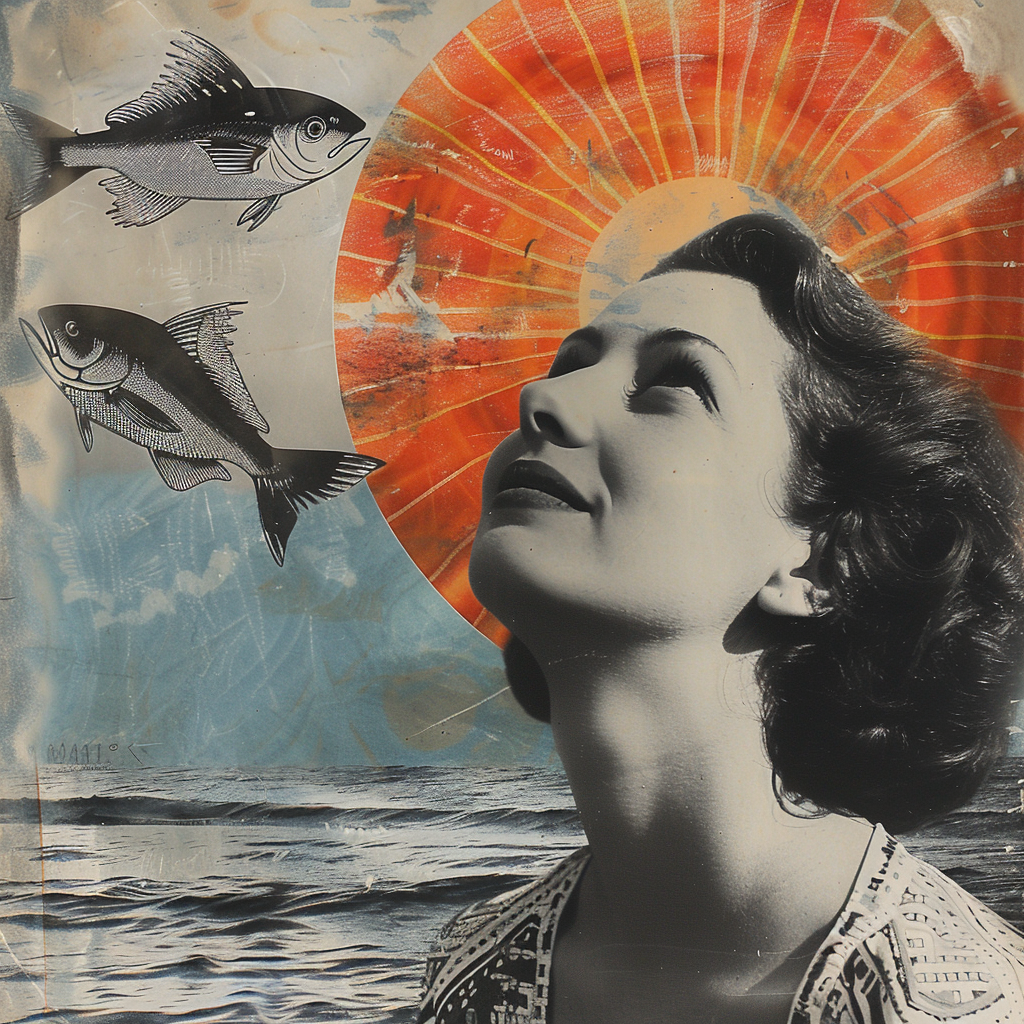 The Pisces Woman
The Pisces Woman
 A Planet in the 8th House: Gets Into the Same Situations Over and Over. It Has to Do With Its Connection to the Dead!
A Planet in the 8th House: Gets Into the Same Situations Over and Over. It Has to Do With Its Connection to the Dead!
 Pluto-Sun Transits: What’s Changed?
Pluto-Sun Transits: What’s Changed?
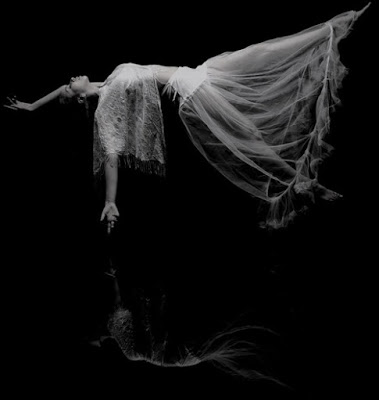 Pluto Transits the 8th House: Major Life-Altering Undertakings
Pluto Transits the 8th House: Major Life-Altering Undertakings
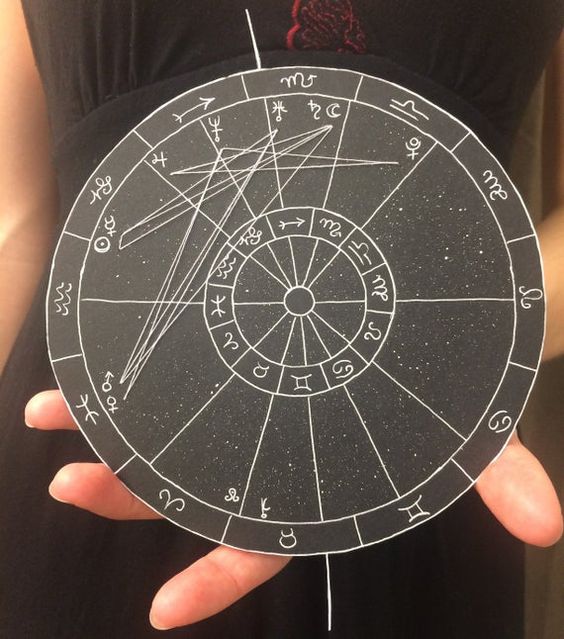 Astrology Degrees and Meaning
Astrology Degrees and Meaning
 Mars-Pluto Synastry: Something Quite Dark and Dangerous
Mars-Pluto Synastry: Something Quite Dark and Dangerous
 Uranus Transits the 4th House: The Chaotic Path to Personal Inner Growth
Uranus Transits the 4th House: The Chaotic Path to Personal Inner Growth
 Pluto in Libra in the 2nd House: Lessons on Self-Worth and Financial Independence
Pluto in Libra in the 2nd House: Lessons on Self-Worth and Financial Independence
 South Node in Scorpio or 8th House
South Node in Scorpio or 8th House
 Pluto Transits the 1st House: What to Expect?
Pluto Transits the 1st House: What to Expect?
 Sun Square Pluto Synastry: You’ve Got That Power Over Me
Sun Square Pluto Synastry: You’ve Got That Power Over Me
 Composite Sun in the 8th House: Weather the Storm
Composite Sun in the 8th House: Weather the Storm
 Venus Opposite Saturn
Venus Opposite Saturn
 Aquarius: What Does Consciousness Mean to Them?
Aquarius: What Does Consciousness Mean to Them?
 Uranus Transits: 1st House: Winds of Change:
Uranus Transits: 1st House: Winds of Change:
 Love’s Mirage: The Sun- Neptune Synastry Influence
Love’s Mirage: The Sun- Neptune Synastry Influence
 Moon-Saturn Synastry
Moon-Saturn Synastry
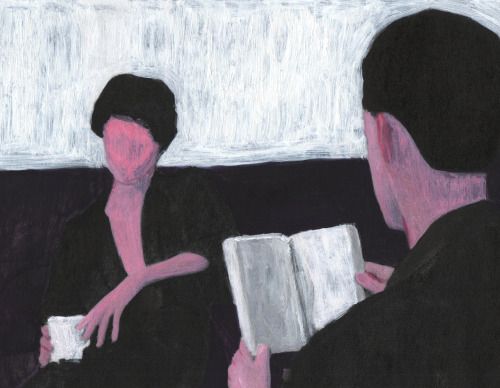 Mercury Trine Pluto Synastry: Into the Rabbit Hole
Mercury Trine Pluto Synastry: Into the Rabbit Hole
 Pluto in the 1st House: Body Language Tips (Gifs)
Pluto in the 1st House: Body Language Tips (Gifs)